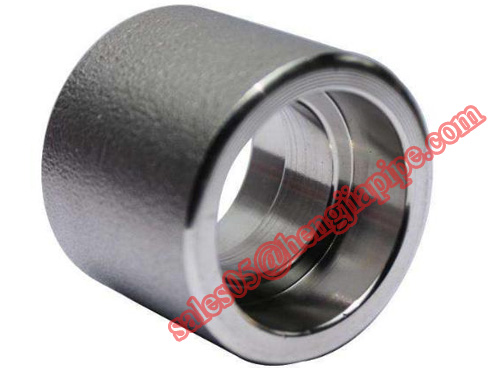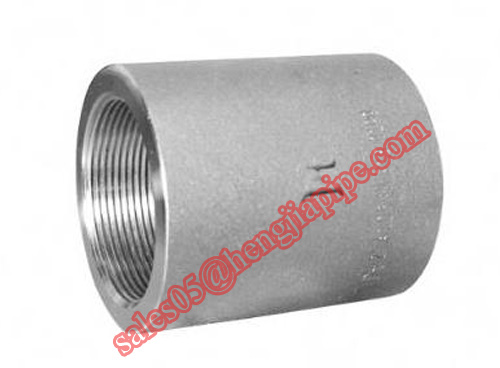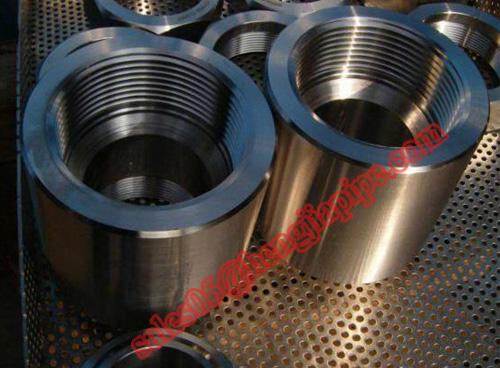The following are the principles that must be followed when purchasing an integrated vibration transmitter. Therefore, be sure to pay attention to these issues when purchasing.
1, determine the type of sensor according to the measurement object and measurement environment
To carry out a specific measurement work, we must first consider the principle of the use of sensors, which need to analyze many factors before you can determine. Because, even if it is to measure the same physical quantity, there are many kinds of principle sensors available for selection. Which kind of principle sensor is more suitable, we need to consider the following specific problems according to the characteristics of the measured and the use conditions of the sensor: the size of the range; The measured position of the sensor volume requirements; measurement method for contact or non-contact; signal extraction method, wired or non-contact measurement; sensor source, domestic or imported, the price can withstand, or self-developed.
After considering the above issues, it is possible to determine which type of sensor to use, and then consider the specific performance indicators of the sensor.
2, the choice of sensitivity
Generally, in the linear range of the sensor, it is desirable that the sensitivity of the sensor be as high as possible. Because only the sensitivity is high, the value of the output signal corresponding to the measured change is relatively large, which is advantageous for signal processing. However, it should be noted that the sensitivity of the sensor is high, and external noise that is not related to the measurement is easily mixed in, and it is also amplified by the amplification system, which affects the measurement accuracy. Therefore, it is required that the sensor itself should have a high signal-to-noise ratio, and the dedication should reduce the plant disturbance signal introduced from outside.
The sensitivity of the sensor is directional. When it is measured as a single vector and its directionality is higher, sensors with less sensitivity in other directions should be selected; if the measured is a multidimensional vector, the cross sensitivity of the sensor is required to be as small as possible.
3, frequency response characteristics
The frequency response characteristic of the sensor determines the frequency range to be measured. The measurement condition must be kept within the allowable frequency range without distortion. Actually, the response of the sensor always has a certain delay. The shorter the delay time, the better.
The frequency response of the sensor is high and the frequency range of the measurable signal is wide. Due to the influence of the structural characteristics, the inertia of the mechanical system is large, because the frequency of the measurable signal of the sensor with low frequency is low.
In the dynamic measurement, the characteristics of the signal (steady-state, transient, random, etc.) response characteristics should be used to avoid overheating errors.
4, linear range
The linear range of the sensor refers to the range of the output proportional to the input. In theory, in this range, the sensitivity remains constant. The wider the linear range of the sensor, the larger the range, and can guarantee a certain measurement accuracy. When selecting a sensor, when the type of the sensor is determined, it first depends on whether or not the range meets the requirements.
But in fact, any sensor cannot guarantee absolute linearity, and its linearity is also relative. When the required measurement accuracy is relatively low, within a certain range, the sensor with smaller nonlinear error can be approximated as linear, which will bring great convenience to the measurement.
5, stability
The ability of a sensor to remain unchanged after a period of use is called stability. The factors affecting the long-term stability of the sensor are not only the structure of the sensor itself, but also the environment in which the sensor is used. Therefore, for the sensor to have good stability, the sensor must have a strong environmental adaptability.
Before selecting the sensor, it is necessary to investigate its use environment, select the appropriate sensor according to the specific use environment, or take appropriate measures to reduce the impact of the environment.
There are quantitative indicators of the stability of the sensor. After the period of use is exceeded, calibration should be performed again before use to determine if the performance of the sensor has changed.
In some applications where the sensor can be used for a long period of time and cannot be easily replaced or calibrated, the selected sensor requires more stringent stability and can withstand long-term tests.
6, accuracy
Accuracy is an important performance index of the sensor, and it is an important link related to the measurement accuracy of the entire measurement system. The higher the precision of the sensor, the more expensive it is. Therefore, the accuracy of the sensor can be satisfied as long as it satisfies the accuracy requirements of the entire measurement system. It does not have to be selected too high. This makes it possible to select relatively inexpensive and simple sensors among the many sensors that meet the same measurement purpose.
Steel Coupling
Steel coupling
Steel coupling is a piece of short pipe that is used to connect one pipe with another pipe, scope of application is also more widely, like agriculture, industry, construction and so on. There are socket welding couplings and threaded couplings, they are all high pressure forged fittings. Pressure shall be CLASS3000, CLASS6000, CLASS900. The standard of these products are in compliance with ASME B16.11.

Socket welding coupling
Pipes are put into socket welding hole and welded. Because of this connection, installation cost is reduced.

Threaded coupling, the type of thread is NPT.

For NPT coupling, the length of thread will be mentioned under the standard ASME B16.11.
Carbon Steel Coupling,Npt Coupling,Pipe Fitting Coupling,Forged Steel Coupling
CANGZHOU HENGJIA PIPELINE CO.,LTD , https://www.hj-pipeline.com


